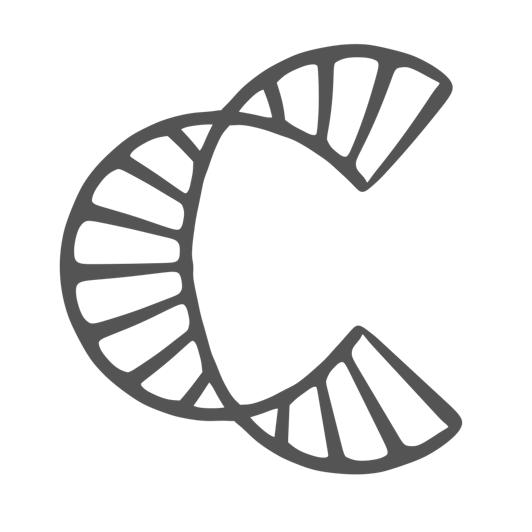Blocking Solutions (100 mL)
Various blocking solutions may be used in phage micropanning assays, ELISA, microscopy experiments, and other protocols that investigate phage biomolecular interactions. Here are included the most commonly used blocking solutions, which may be modified to optimize and develop new protocols.
Reagents
Protocol
5% BSA in TBS
This protocol is for the standard blocking solution used in micropanning experiments. The concentration of BSA can be modified.
- Dissolve 5.0 g BSA in 100 mL TBS.
- Filter sterilize the solution and store at 4°C.
BSA/Streptavidin in TBS
This protocol is for the standard blocking solution used in phage ELISA. The concentrations of BSA (0.5%) and streptavidin (0.1 ‰) can be modified.
- Dissolve 100 µg streptavidin in 10 mL TBS to create a 100 x stock solution.
- Dissolve 0.5 g BSA in 90 mL TBS.
- Add 1 mL of the 100x streptavidin stock solution.
- Add 400 µL 5% NaN3 and TBS to a final volume of 100 mL.
- Filter sterilize the solution and store at 4°C.
FBS/Glycine in TBS
This protocol is for the standard blocking solution used in fluorescent microscopy experiments to probe phage binding. The concentration of Tween-20 can be modified to adjust the level of background fluorescence.
- Dissolve 2.25 g glycine in 90 mL TBS.
- Add 1 mL FBS and 50 µL Tween-20.
- Adjust the volume to 100 mL using TBS. Filter sterilize and store at 4°C.

